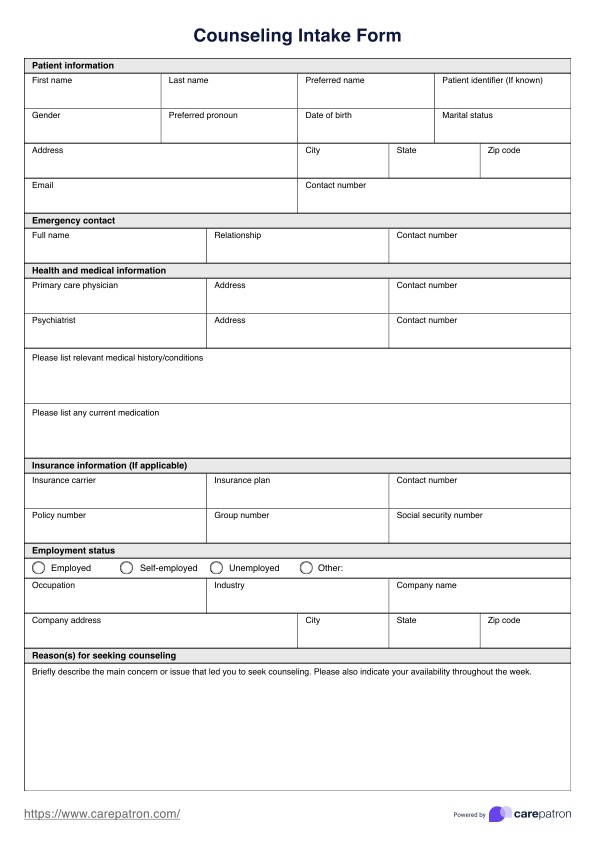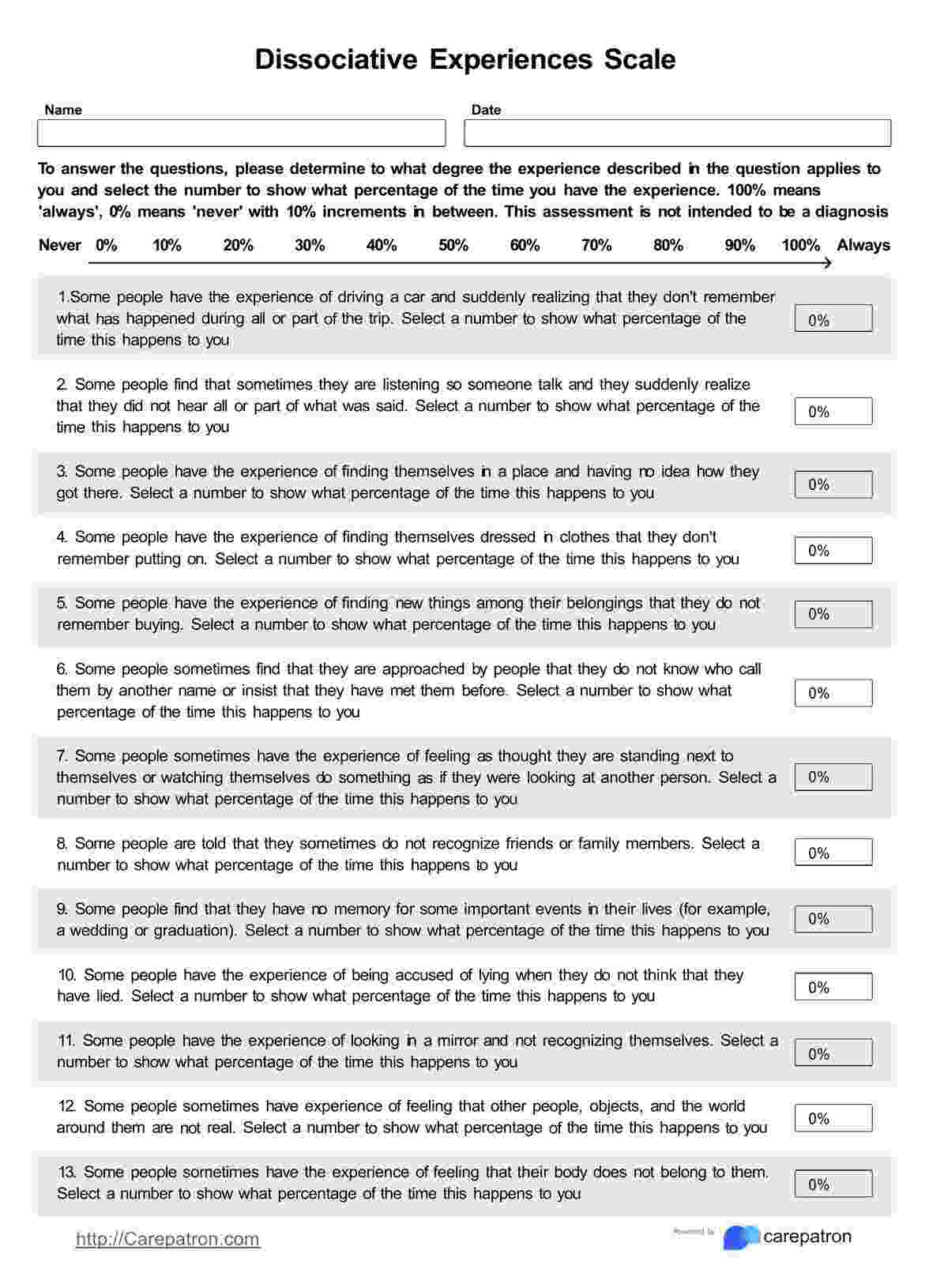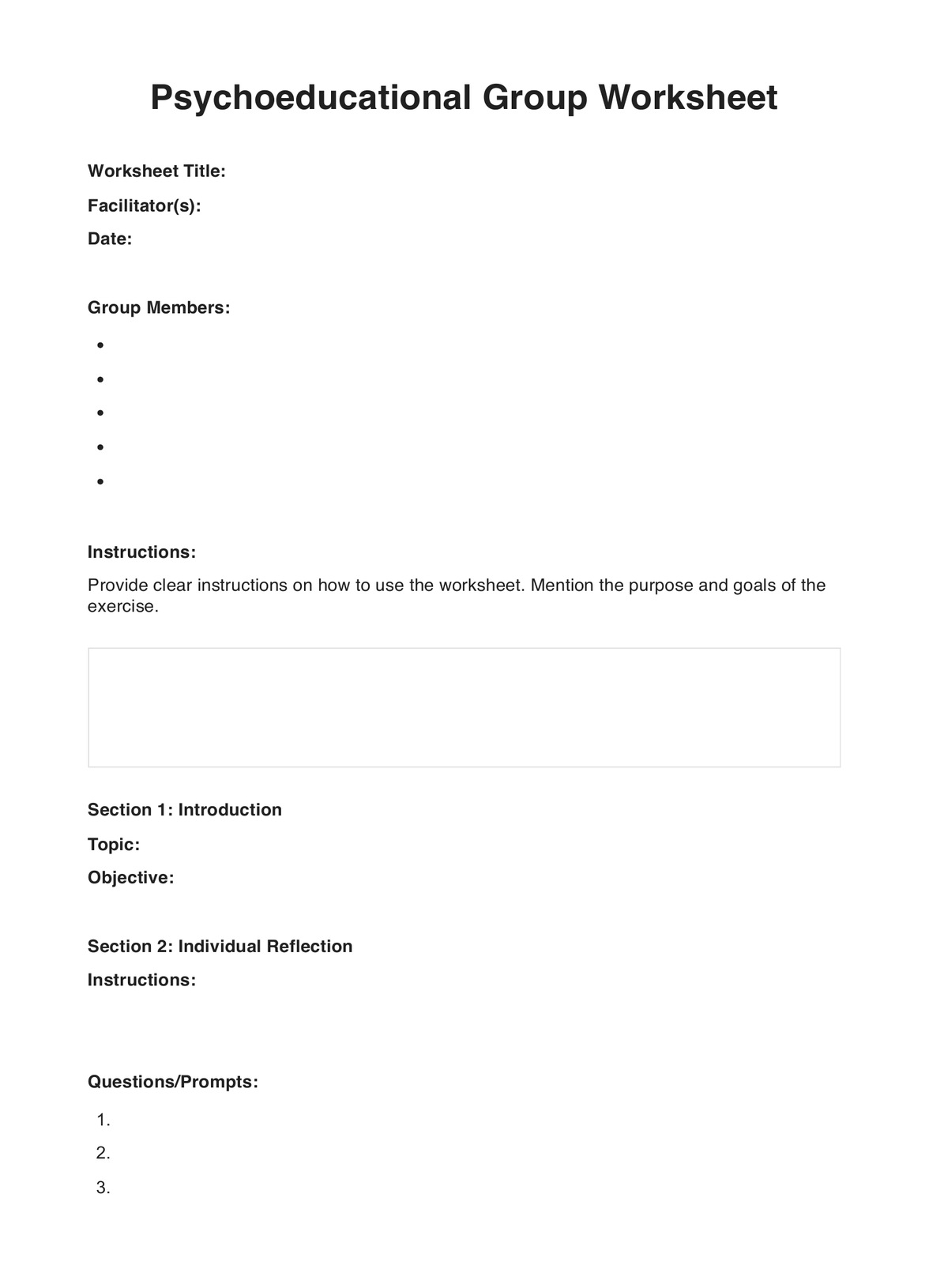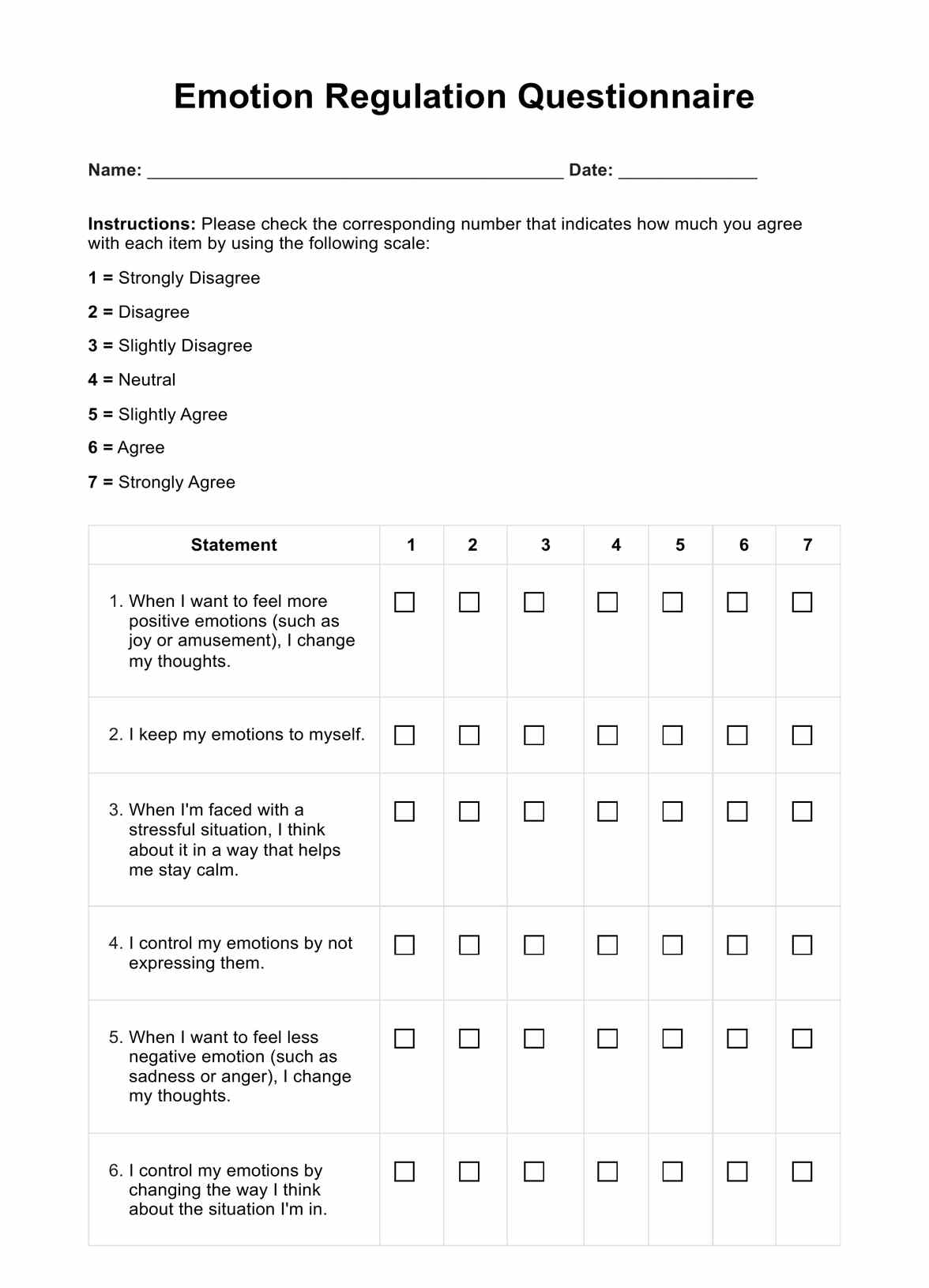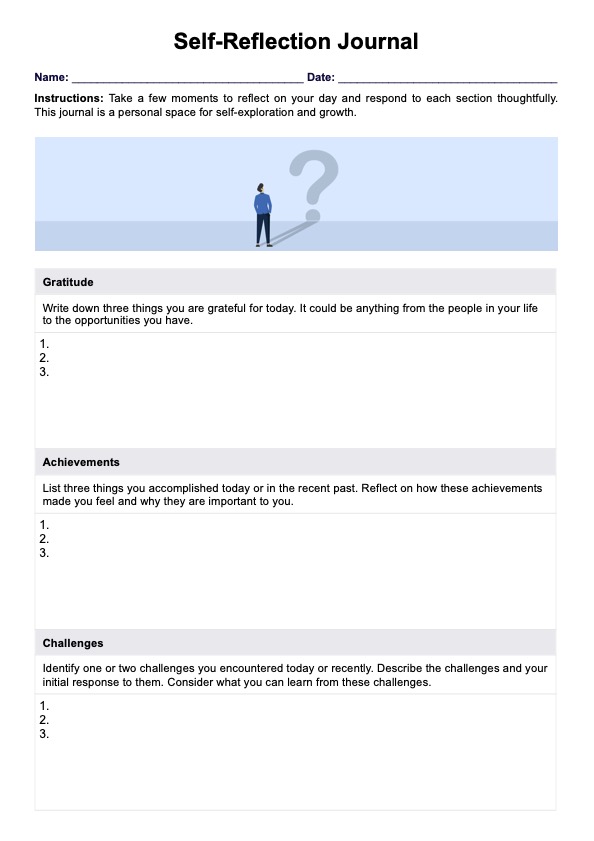Emotional Faces Chart
Explore Emotional Faces Charts to enhance emotional awareness and communication. Use these charts to identify emotions effectively for a more in-depth understanding of how we express feelings.


What is an Emotional Faces Chart?
An Emotional Faces Chart, also known as an Emotion Chart or Emotion Wheel, is a valuable resource used in various fields, particularly in psychology, mental health, and education. The chart typically displays a range of facial expressions representing different emotions, allowing individuals to identify and express their feelings more effectively. These charts are designed to be intuitive and accessible, making them especially useful for children, individuals with communication difficulties, or those learning about emotions for the first time.
The chart typically features a circle divided into sections, each representing a specific emotion: happiness, sadness, anger, fear, surprise, and more. A corresponding facial expression is depicted within each section, providing a visual reference for that particular emotion. Users can use these charts to pinpoint and communicate their feelings, which can be particularly helpful in therapeutic settings or when addressing emotional issues.
In mental health and psychology, the charts serve as valuable tools for therapists, counselors, and psychologists working with clients struggling to articulate their emotions verbally. By pointing to the face that best represents their current emotional state, clients can bridge the communication gap and provide therapists with valuable insights into their feelings.
In educational settings, can be used to teach emotional intelligence and empathy. Children can learn to recognize and understand their own emotions as well as the emotions of others by using these visual aids. Furthermore, teachers can incorporate these charts into their classrooms to create a safe and open environment for emotional expression and communication.
What part of the brain is responsible for emotion?
The amygdala represents the core operations for emotion, as it deals with all things concerning emotional behavior. The amygdala operates within the limbic system to ensure that when you feel fear, anger, sadness, and pleasure, all of these emotions are represented accurately. The amygdala ensures that you are communicating effectively to others, exactly how you're feeling.
Emotional Faces Chart Template
Emotional Faces Chart Example
How does it work?
Using an Emotional Faces Chart is a straightforward process that involves identifying and expressing emotions through facial expressions. Here's how it generally works:
Familiarization
The user should first become familiar with the Emotional Faces Chart and the emotions it represents. The chart typically displays facial expressions associated with a specific emotion, such as happy, sad, angry, fearful, surprised, and more.
Self-Reflection
The individual using the chart should take a moment to self-reflect on their current emotional state. Identifying the primary emotion they are experiencing at that moment is essential.
Pointing or Selecting
Those with difficulty verbalizing their emotions can use the chart to point to or select the facial expression that best matches their feelings. Alternatively, the chart can be a communication aid for non-verbal individuals to convey their emotions to others.
Empathy and Understanding
In therapeutic or educational settings, therapists, counselors, teachers, or peers can use the Emotional Faces Chart to help individuals identify and understand their emotions better. This can lead to improved empathy and communication within relationships.
Emotion Regulation
Individuals can develop emotional awareness and regulation skills by using the chart regularly. Recognizing emotions is the first step in managing them effectively.
Tracking Emotional Patterns
Printable Emotional Faces Charts can be integrated into electronic health records or other tracking systems for therapists and healthcare professionals. This allows them to observe emotional patterns over time, assess progress, and adjust treatment plans accordingly.
Printable Emotional Faces Charts are often designed to be child-friendly, with vivid colors and simple illustrations. This makes them an ideal resource for teaching emotional intelligence to children and helping them express their feelings more easily.
When would you use this Template?
The Emotional Faces Chart template is a versatile resource that can be beneficial in various scenarios, especially for professionals and practitioners working in psychology, mental health, education, and related fields. Here are some specific situations and contexts where this template can be effectively utilized:
- Therapy Sessions: Therapists and counselors can use the Emotional Faces Chart during individual or group therapy sessions. It can help clients express and articulate their emotions, especially when putting their feelings into words is challenging.
- Emotion Regulation Training: This template is valuable for practitioners conducting emotion regulation training. It allows individuals to identify their emotions accurately, which is crucial in learning to manage and cope with them effectively.
- Children's Counseling: The chart is particularly helpful in counseling sessions with children and adolescents. Its child-friendly and visually engaging design makes it easier for young individuals to understand and communicate emotions.
- School Settings: Teachers and educators can incorporate the Emotional Faces Chart to teach emotional intelligence and promote open discussions about feelings and emotions among students.
- Autism and Communication Disorders: For individuals with an autism spectrum disorder or communication disorders, the Emotional Faces Chart can be a valuable tool to express their emotions and improve communication skills.
- Anger Management Workshops: In anger management workshops or programs, the chart can assist participants in recognizing anger and other related emotions, helping them develop healthier ways to respond to triggers.
- Crisis Intervention: During crisis intervention, the Emotional Faces Chart can aid crisis responders, social workers, or emergency personnel in assessing and understanding the emotions of those in distress.
- Assessment and Diagnosis: Mental health professionals may use the chart during assessments to gain insights into a client's emotional state and diagnose potential mood disorders or emotional challenges.
Benefits of Emotional Faces Chart
Enhances Emotional Awareness
The Emotional Faces Chart is a visual reference for many emotions, helping individuals identify and label their feelings more accurately. By becoming aware of their emotional states, individuals can gain insight into their inner experiences, which is crucial for emotional growth and self-awareness.
Facilitates Communication
The Emotional Faces Chart becomes a valuable communication aid for children, individuals with communication difficulties, or those in non-verbal settings. It enables them to express their emotions effectively, bridging the gap between their internal feelings and external expressions.
Promotes Emotional Intelligence
Emotional intelligence encompasses understanding and managing one's emotions and empathizing with others. The chart supports emotional intelligence development by encouraging discussions and reflections on various emotions, fostering empathy and emotional regulation skills.
Child-Friendly Resource
With colorful and engaging illustrations, the Emotional Faces Chart is particularly suitable for children. It makes learning about emotions fun and accessible, creating a safe space for them to explore and express their feelings openly.
Supports Mental Health Professionals
Therapists, counselors, and mental health practitioners find the chart valuable in their work with clients. It allows them to assess clients' emotional states quickly, enabling more focused and effective therapeutic interventions.
Encourages Self-Reflection
Using the Emotional Faces Chart regularly encourages individuals to reflect on their emotions and internal experiences. Self-reflection is a critical aspect of personal growth and emotional well-being.
Tracks Emotional Progress
Professionals can monitor clients' emotional trends by incorporating the chart into electronic health records or progress reports. This tracking facilitates evidence-based assessments and helps tailor treatment plans accordingly.
Cultivates Empathy
Engaging with the Emotional Faces Chart in group settings or during therapeutic interactions fosters empathy and emotional connection between individuals. It promotes a deeper understanding of each other's feelings and experiences.
Improves Anger Management
In anger management workshops or therapy, the chart aids participants in recognizing anger triggers and related emotions. This awareness empowers them to develop healthier coping mechanisms and responses.
Easy Access and Distribution
As a free resource, the Emotional Faces Chart is easily accessible to educators, therapists, parents, and individuals seeking to improve emotional awareness. It can be shared widely in educational institutions, counseling centers, and online platforms.

Research & Evidence
Emotional Faces Charts trace back to Dr. Paul Ekman's pioneering 1960s research. Through cross-cultural studies, Ekman identified six universally expressed emotions: happiness, sadness, anger, fear, surprise, and disgust. His work formed the foundation for these charts.
In the following decades, the study of facial expressions and emotions gained significant traction in various fields, including psychology, neuroscience, education, and communication studies. Researchers continued to explore the universality of facial expressions and their role in human communication and emotional understanding.
Numerous studies have provided strong evidence supporting the use of Emotional Faces Charts:
- The Universality of Facial Expressions: Cross-cultural research has consistently demonstrated that certain facial expressions are universally recognized and understood across different cultures and age groups. This universality validates the use of Emotional Faces Charts as a reliable tool for emotional communication.
- Emotional Development in Children: Research in child development has shown that even infants can display and recognize basic emotions through facial expressions. Emotional Faces Charts have been utilized in educational settings to teach emotional intelligence and help children identify and express their emotions effectively.
- Emotion Regulation and Empathy: Studies have found that using Emotional Faces Charts can improve emotion regulation and empathy skills. By learning to recognize and understand various emotions, individuals can better manage their own emotions and empathize with others.
- Clinical Applications: In therapeutic settings, Emotional Faces Charts have proven valuable aids for therapists, counselors, and psychologists. They assist in assessing and diagnosing emotional states, particularly in clients with communication difficulties or mood disorders.
- Neuroscientific Evidence: Neuroimaging studies have shown that specific brain regions associated with emotional processing and empathy are activated when individuals view facial expressions. This neurological evidence supports the idea that Emotional Faces Charts tap into fundamental emotional processing mechanisms in the brain.
References
- Davenport, B. (2023). Tune In To Your Emotions With These 15 Feelings Charts For Adults (Printables). Live Bold and Bloom. https://liveboldandbloom.com/03/self-improvement/feelings-charts-adults
- Pangilinan, J. (2022). 9 Feelings Charts Printables for Adults in 2023. Happier Human. https://www.happierhuman.com/feelings-charts-adults/
- Printable Emotion Faces (Worksheet) | Therapist Aid. (n.d.). Therapist Aid. https://www.therapistaid.com/therapy-worksheet/printable-emotion-faces
Commonly asked questions
The Emotional Faces Chart is used by individuals, therapists, educators, parents, and mental health professionals to understand, express, and communicate emotions effectively.
The Emotional Faces Chart is used in various situations, including therapy sessions, educational settings, crisis interventions, anger management workshops, and emotional intelligence training.
Users identify and express their emotions by selecting or pointing to facial expressions on the chart. It serves as a communication aid, enhances emotional awareness, and promotes empathy and emotional intelligence.


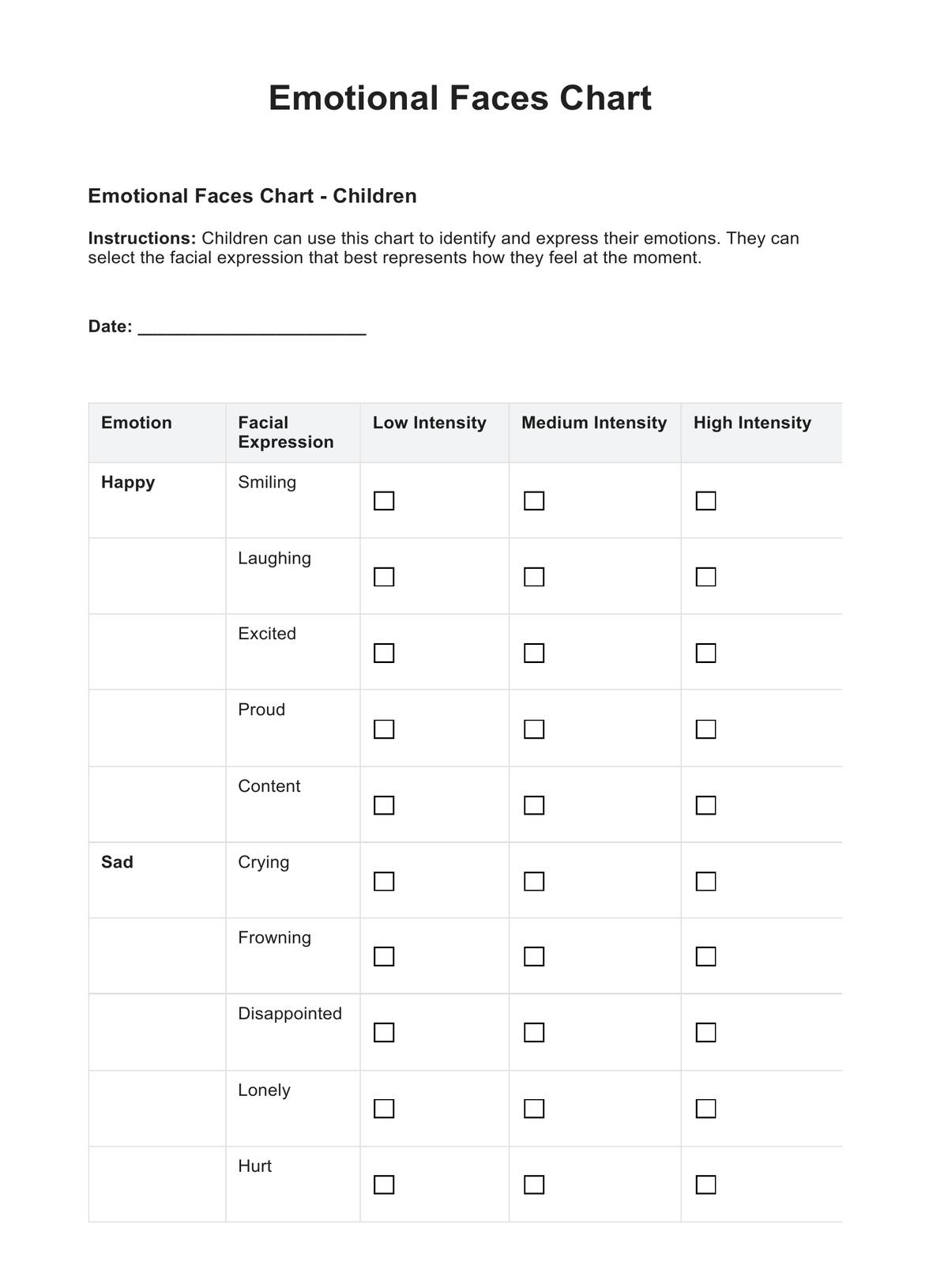
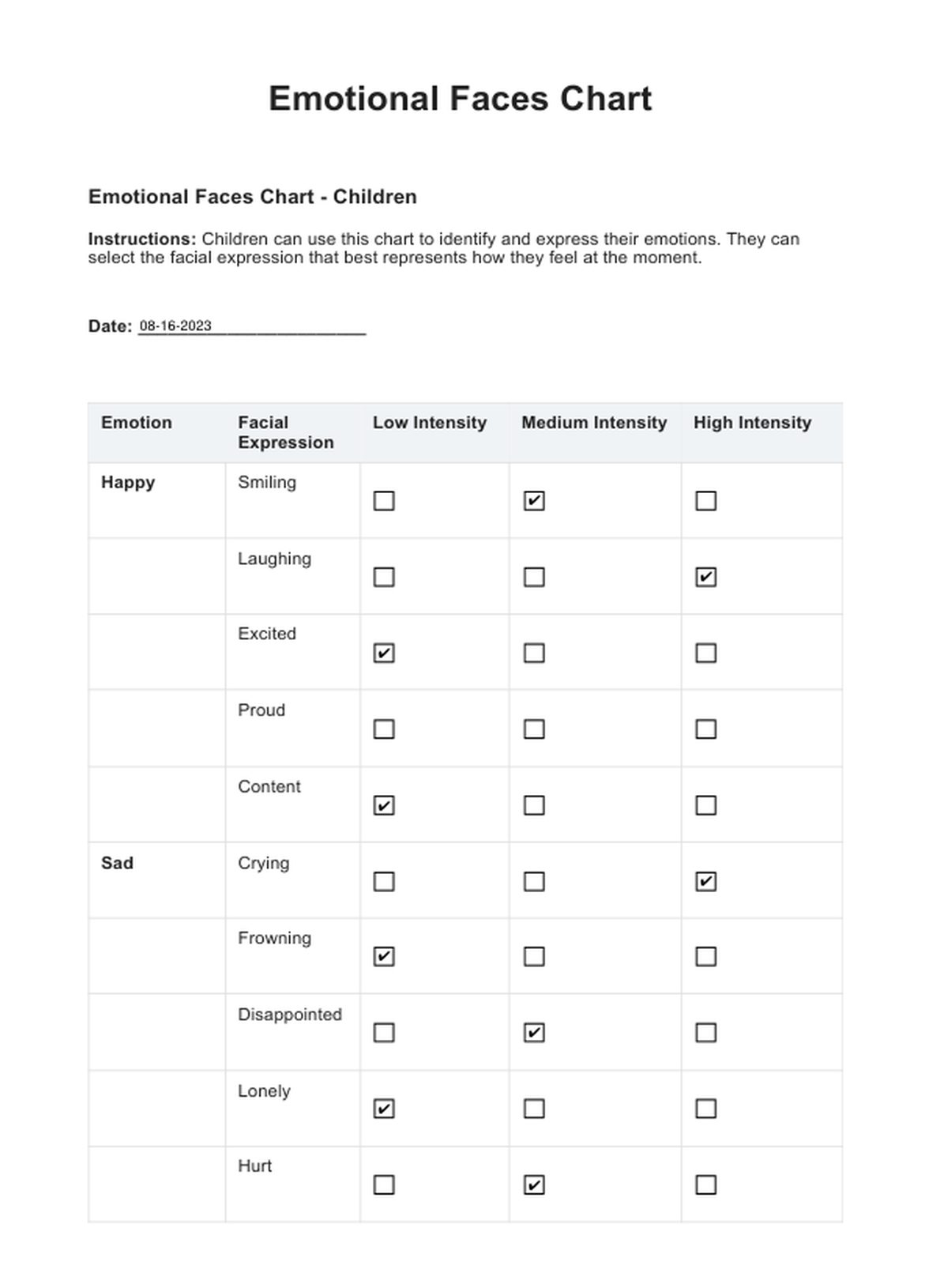

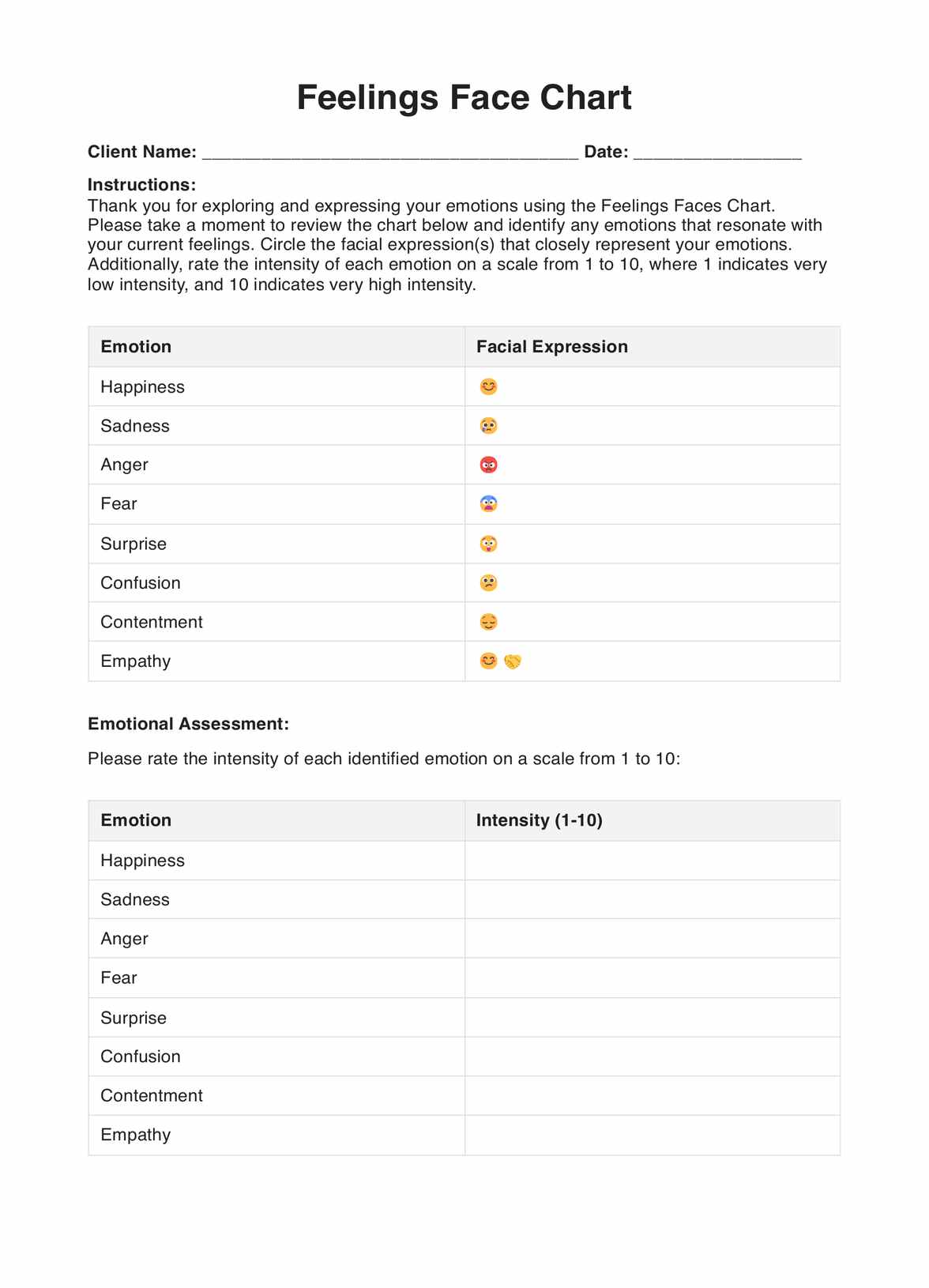













-template.jpg)






















































































